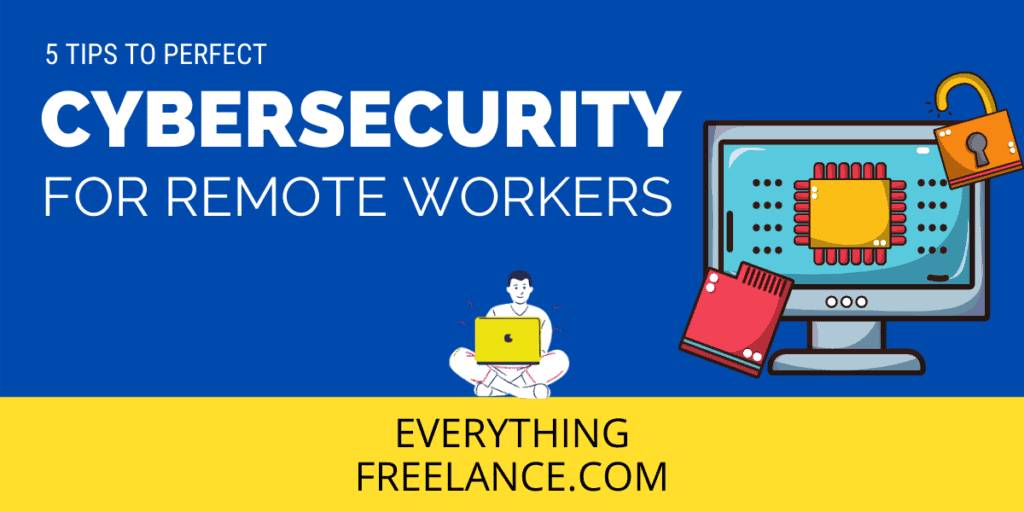Recently, the way we approach our workplace has significantly transformed. The traditional 9-to-5 office setup is no longer the norm, as more and more companies are embracing remote work options. In fact, 71% of employees worldwide stated that their company plans to implement remote work options.
However, a new trend is emerging – hybrid remote work. This article explores what is hybrid remote work, why it is becoming popular, its benefits and challenges, and provides tips for success in a hybrid remote work environment.
What is Hybrid Remote Work?
Hybrid remote combines the best part of remote and in-office work. It allows employees to have the choice to work from home or any remote location on certain days of their workweek while also spending time in the office for team collaboration and face-to-face interactions. Simply put, hybrid work balances remote and in-person work, meaning you get the best of both worlds.
Why is Hybrid Remote Work Becoming More Popular?
When searching through the job market, 32% of potential candidates are looking for a hybrid work schedule. This type of working arrangement is gaining popularity for several reasons:
- Companies Entice More Workers – Businesses draw in and retain the best talent from a wider candidate pool. Your options are in no way limited. You get to hire top-notch workers regardless of their geographical location.
- Employees Enjoy Greater Flexibility – Workers have more freedom and autonomy and can organize their workday in a way that best suits them.
- Companies can Reduce Costs – There are fewer overhead costs associated with maintaining large office spaces, as employees are not required to be in the office full-time.
Hybrid Work vs Remote Work
There may be some confusion about what is hybrid remote work and how it’s different from remote work. Well, hybrid work merges remote and in-office work together. Remote work, on the other hand, involves working exclusively from a remote location, typically a home office or a co-working space.
While remote work offers the benefits of flexibility and independence, hybrid work provides the added advantage of in-person collaboration and much-needed social interaction.

Benefits of Hybrid Remote Work
Hybrid remote work is nothing if not beneficial. It’s a flexible and adaptable work model that can be customized to each individual organization and its employees. Below are several benefits of adopting a hybrid remote work model:
Increased Flexibility And Autonomy
Depending on their mood, employees can decide if they want to work from home or visit the office. They can choose to work from home, a favorite cafe, or even while taking a trip, as long as they have a stable internet connection.
Improved Work-Life Balance

By eliminating the daily commute and providing more flexibility in work hours, hybrid remote work enables employees to balance their personal and professional lives better. This can increase overall job satisfaction by removing multiple sources of stress.
Reduced Costs
This type of work greatly reduces costs. Employees save on commuting expenses, work attire, and meals outside the home. Employers eliminate the need to pay for office space, utility bills, and other costs necessary for maintaining a physical office.
Increased Employee Satisfaction And Productivity
Recent studies show that employees with the flexibility to work remotely are generally more satisfied with their jobs and experience higher levels of productivity. Hybrid remote work allows employees to work in an environment best suited to their preferences, leading to increased job satisfaction and better performance.
Pros and Cons of Hybrid Work
Hybrid remote work is undoubtedly beneficial, but it also comes with a few challenges worth mentioning. Below-listed are both the pros and cons.
Pros
- Flexibility and autonomy
- More satisfied and productive employees
- Savings on expenses for employees and employers
Cons
- Communication and collaboration challenges
- Maintaining workplace culture
- Managing distractions and burnout
How Do I Build a Hybrid Work Culture?

Building a successful hybrid work culture requires careful planning and implementation. Here are some strategies to consider:
- Set Clear Expectations and Boundaries – Establish clear guidelines for remote and in-office work, including communication protocols, availability expectations, and performance metrics. This will ensure your employees are aware of what’s expected of them.
- Communicate Regularly and Effectively – Effective communication is key in a hybrid work environment. Utilize software apps that enable instant messaging, video calls, and project management to stay connected and collaborate effectively.
- Use Technology to Your Advantage – Invest in technology that makes collaboration and communication at a distance easier. This includes video conferencing platforms, file-sharing systems, and project management tools. These tools will narrow the distance between remote and in-office employees.
- Take Care of Your Physical and Mental Health – While more flexible, hybrid remote work can hinder your personal life. It’s essential to establish a routine, take breaks, and prioritize self-care to avoid work burnout.
Challenges of Hybrid Remote Work
Hybrid remote work is surely beneficial, but it also presents varying challenges that need to be overcome.
Communication and Collaboration Challenges
Nothing is achieved without successful communication, and unfortunately, this is a bit more challenging when working remotely. Making sure to include remote employees in all communications and give them access to the same information as in-office employees is crucial.
Maintaining Workplace Culture

It can be difficult to encourage a unified workplace culture when employees work from different locations. Employers must actively devise strategies to promote a sense of camaraderie and connection among employees, regardless of their work location.
Managing Distractions And Burnout
Working remotely can sometimes lead to increased distractions and difficulties in maintaining work-life boundaries. Both employees and employers need to be mindful of these challenges and implement effective management strategies.
Tips For Success in a Hybrid Remote Work Environment
To ensure your hybrid remote work environment helps you thrive, consider the following tips:
Set Clear Expectations And Boundaries

We know that 9-5 is negatively used to describe rigid working hours. However, having clearly defined working hours isn’t that bad, and it’s exactly what you should do when working remotely.
Communicate Regularly And Effectively
Use video conferencing, instant messaging, and project management tools to facilitate fast communication between the staff.
Use Technology To Your Advantage
Invest in tools and software designed to overcome the challenges of remote collaboration and communication. With today’s technology, a wide range of solutions is available, so finding one wouldn’t pose a problem.

Take Care of Your Physical And Mental Health
Work is important but don’t forget to take care of your well-being. Establish a routine, take breaks, and prioritize self-care to avoid unnecessary stress
Hybrid Remote Work: Final Thoughts
Hybrid remote work is becoming the future of work for many companies. What’s there not to like? It’s flexible, employees are more satisfied and productive, and it’s also kind of a cost-saving method. It doesn’t limit you to internet calls but gives you the chance for in-person communication as well.
Although it presents challenges, with proper planning, communication, and the right tools, companies can successfully build a hybrid work culture that promotes productivity and employee well-being.






































































































